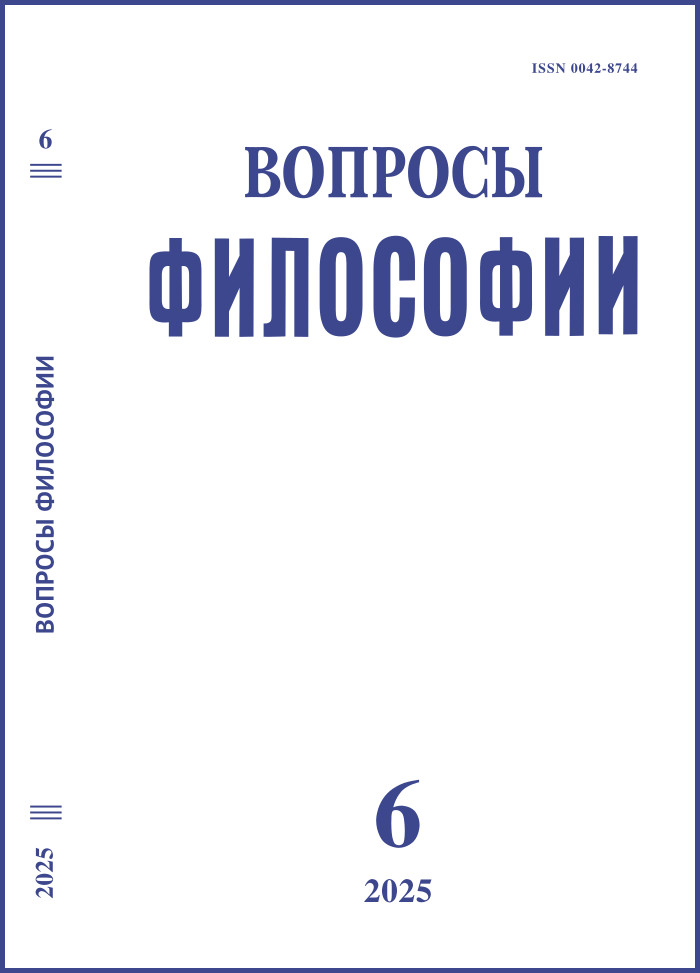Social Relays Theory: Cartesian Methodology in Geography
DOI:
https://doi.org/10.21146/0042-8744-2025-6-80-86Keywords:
social relay, subject-centrism, topocentrism, geographical space, creative conservatismAbstract
The theory of social relays developed by Mikhael Rozov gives a special role to space, since instead of the traditional subject-centrism it assumes a topocentric approach, according to which social objects have only non-attributive properties. This principle makes the theory especially useful for application in geography, a science that is spatial in nature. The ideological basis for the application of the theory of social relays in geographical research was prepared by the articles “The Function of Place and Its Change” by A.A. Mintz and V.S. Preobrazhensky (1970), and “The Positional Principle and Pressure of Place” by
B.B. Rodoman (1979). Social relay races are implemented in geographic space in the form of systems of central places, they manifest themselves in the processes of pioneer development and in a huge number of other phenomena studied by socio-economic geography. Soviet geography occupied leading positions in the world, especially in theoretical terms. After the collapse of the USSR, domestic geography became increasingly provincial, following the Anglo-Saxon mainstream. The rude excommunication of domestic science, including geography, from world, but in fact, Western science, forces us to look for fruitful ideas for further development not in the West, but in our glorious past. Rozov’s ideas could become a breakthrough for geography, allowing it to not catch up, but rather overtake foreign rivals and competitors.

